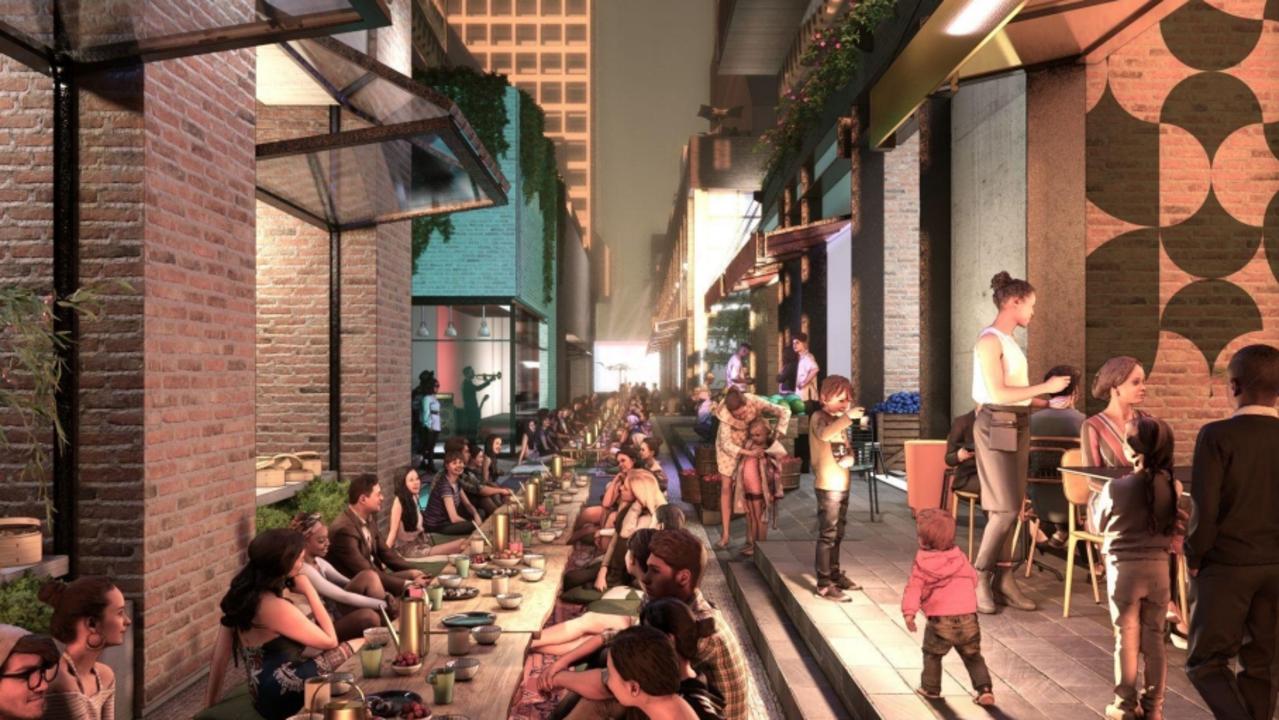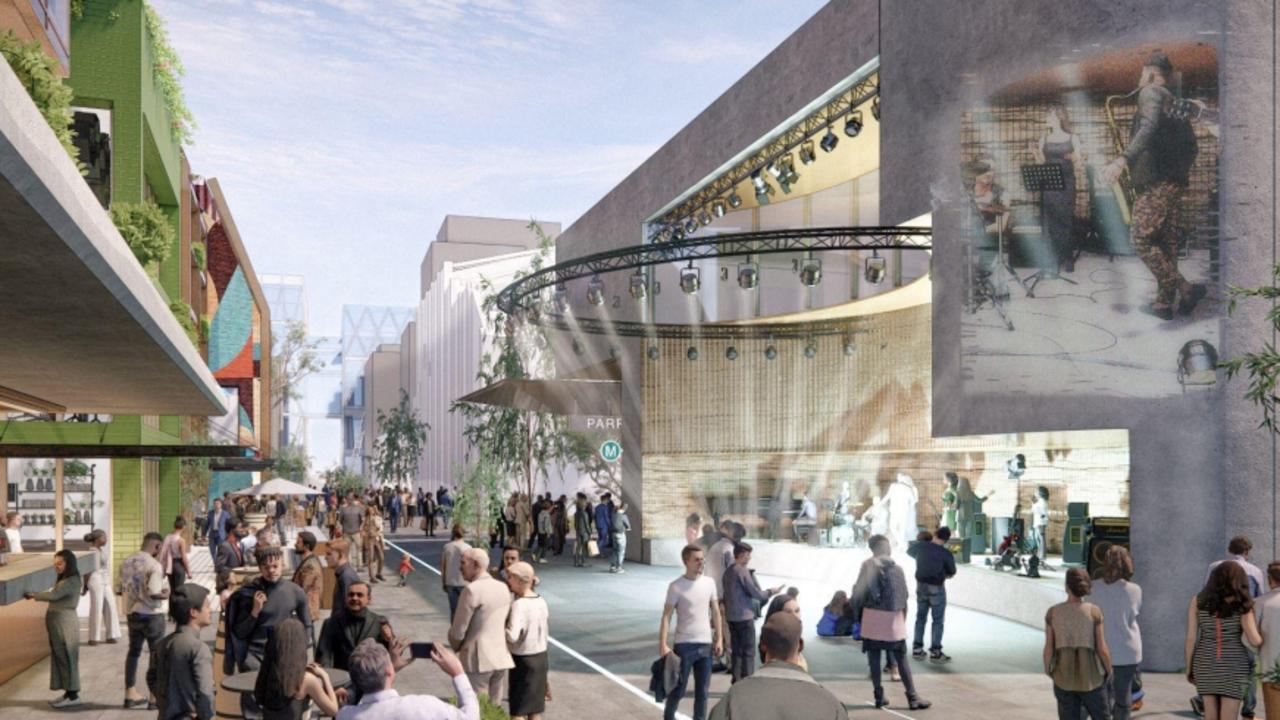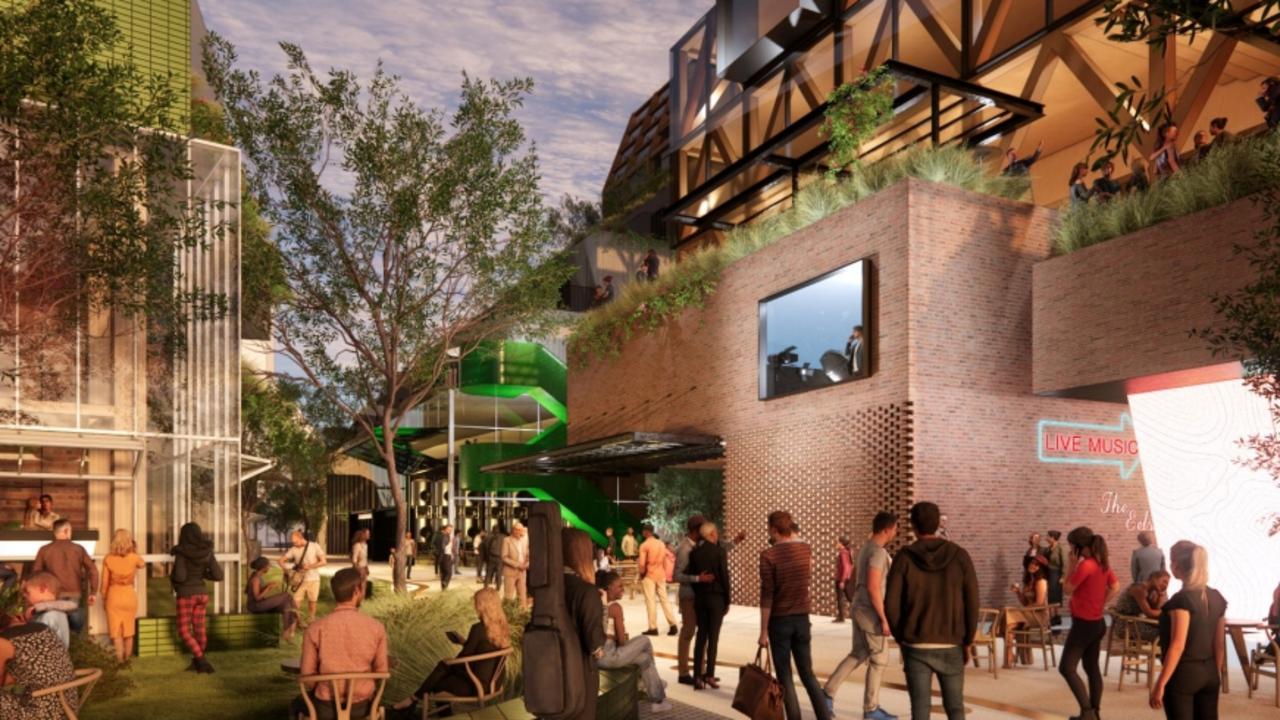Future Western Sydney: Calls to turn Parramatta into the west’s ‘Time Square’ amid night-life overhaul
Western Sydney is pulling the pin on the party at midnight, with new analysis showing the yawning gap between the number of late-night venues in the city’s west compared to the east.
Liquor and Gaming NSW records show the Sydney CBD has more than seven times as many venues with licences to operate until 3am compared to Parramatta, and nearly 11 times as many as Penrith – where every late-night haunt is a pub, sports club or RSL.
Michael Rodrigues, the 24-hour economy commissioner tasked with revitalising the city’s night-life. said there is “no doubt” venues still face challenges getting the right permits from local councils.
The state government, Mr Rodrigues said, is trying to “create the right conditions” for private enterprise but admitted western Sydney is still a “work in progress”.
Renders indicating how the vision of the future of the Parramatta CBD might look in images developed by Genton, in collaboration with Grumpy Sailor.
“Some councils simply aren’t engaged … and if you don’t have a plan then it’s harder for you to have good night-life hubs.”
It comes as business voices say new infrastructure presents a unique opportunity to address the lack of 24-hour precincts in the west, with a new proposal suggesting the yet-to-be-built Parramatta Metro station could be turned into western Sydney’s own ‘Times Square’.
Design firm The Grumpy Sailor and architects Genton – who helped design the new Parramatta Powerhouse – have released a new vision for the area, which they say would stop the 5pm daily exodus of workers from Parramatta Square.
The firms have co-released a report titled Transforming Parramatta: A vision for Urban Renewal, pumping up the need for high-density housing and more entertainment venues centred around the Metro stop to create a 24-hour economy in Sydney’s second CBD.
“There’s been a lot of investment around Parramatta in major buildings, the Metro and (CommBank) stadium, but what we want is a genuine mixed use precinct with affordable housing and a night-time economy,” Genton’s Steven Toia said.
Business Western Sydney’s David Borger said the Parramatta plan represented a chance for the region to get a New York-style Times Square – “an exciting entertainment district that stays up late”.
“We’ve done night-time economy poorly in the past – and now we’ve got a chance for the Parramatta Metro stop to be an area with multiple entertainment venues,” he said.
“At the moment the Parramatta Metro site (looks like) an open-cut mine – but in the future it can be the Times Square of western Sydney.”
Night Time Industries Association CEO Michael Gibb added visions like that had to have local councils on board, who had the power to do more to foster night-life in their areas.
“From industry there’s certainly willingness to step up and try different things … and that is largely because there’s been the right support from the state government,” he said.
“But where the rubber really hits the road is at the local government level, and then again in some of the components of bureaucracy within government.”
1980s-themed dive bar Elton Chong is one of few late-night operators in Penrith’s city centre, having finally acquired a 2am license last month through the state government’s uptown accelerator program.
Co-owner Wayne Jenkins said while the state government has “tried to give us a little boost” the local council can be “a bit reserved” when it comes to night-life and live music, contributing to a “pretty tedious and pretty long” approval process.
“I lived in London for three and a half years, where no matter where you go, there’s always something to do 24/7 – and that’s missing in Sydney,” Mr Jenkins said.
Renders indicating how the vision of the future of the Parramatta CBD might look — renders developed by Genton, in collaboration with Grumpy Sailor.
It comes as young people cry out for more after-dark options in their suburbs.
Westmead resident Tiffany Yang, 20, said the best local parties are often held in “empty parking lots” due to the lack of night-life options.
“When I still lived at home with my parents it felt like the entirety of Western Sydney was going to this one bar in Cabramatta, and that was it – that was our only option. It was that, or stay home,” she said.
“The inner west is seen as artsy and the CBD has most of the clubs, but the west is untapped – it’s such a creative place full of creative people, and sometimes we’re under-represented.”
Belinda Coorey and Marissa Makhlouf, both 18, also wanted more night-life in Parramatta.
“There are good dinner spots, but not so much clubs or night-life,” Ms Coorey said.
Ms Makhlouf said her “go-to” venues are east-Sydney nightclubs like the Coogee Pavilion and SeaDeck, with Parramatta lacking locations with “a good DJ, good music, good vibes … somewhere you can dress up for”.
Parramatta-based mates Jennah Hernandez, 21, and Jobie Moradon, 22, both said they’d love to go-out near their home suburb.
But both highlighted the lack of nightclubs – a rite of passage for any early 2os socialite – in their local area, as well as the early closing hours of those that already exist.
“We don’t have that many clubs here, and the clubs that I have been to aren’t the greatest … the vibe is very confronting … as a girl,” Ms Hernandez said.
Ms Moradon highlighted the early closure times as a major downer on a night out.
“I would love a place locally to go out to and have a fun night, but night-life in Western Sydney is very quiet … everything closes by ten o’clock,” Ms Moradon added.
Applejack Hospitality co-founder Hamish Watts said the success of night-life precincts will depend on buy-in from the public, to prove to venue operators that the risk is worth taking.
“They need to embrace the operators that are going in,” he said.
“Go and have a look, because there’s some really awesome stuff that’s happening, and the narrative needs to change.”
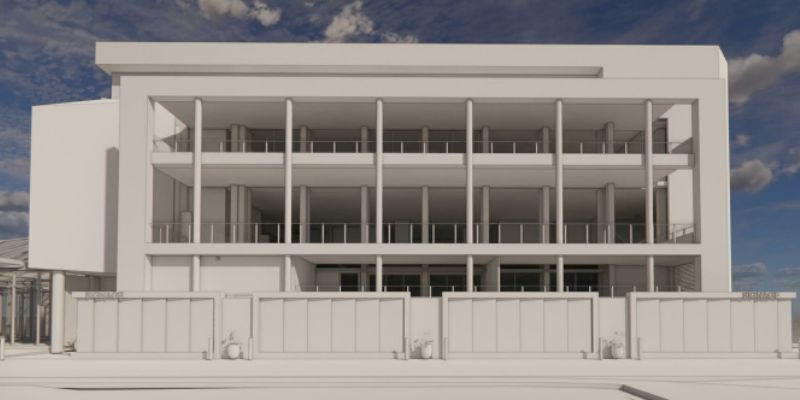
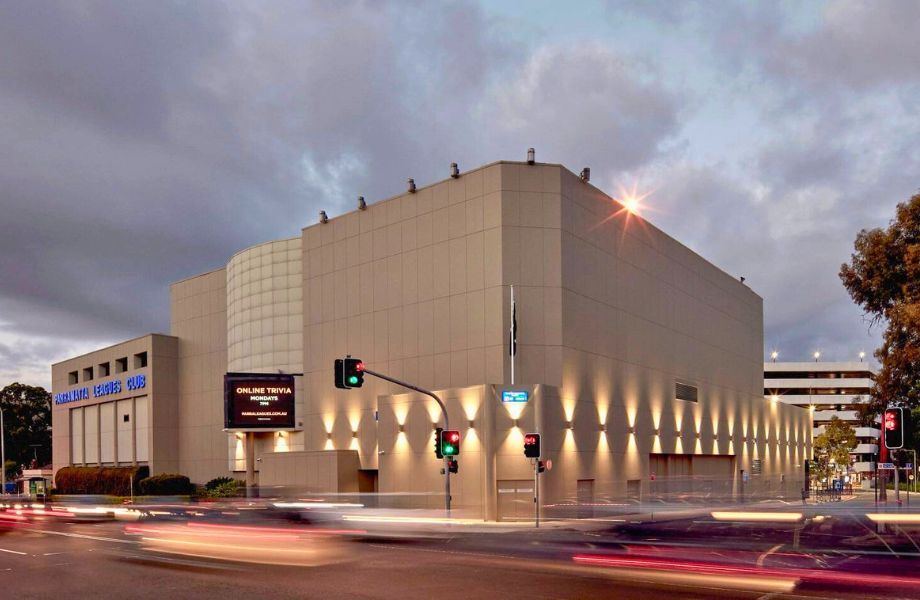
www.theurbandeveloper.com
